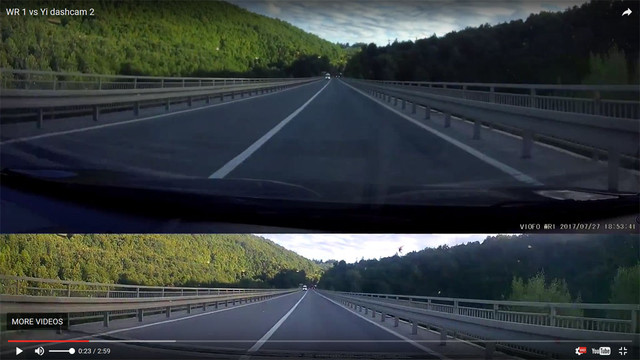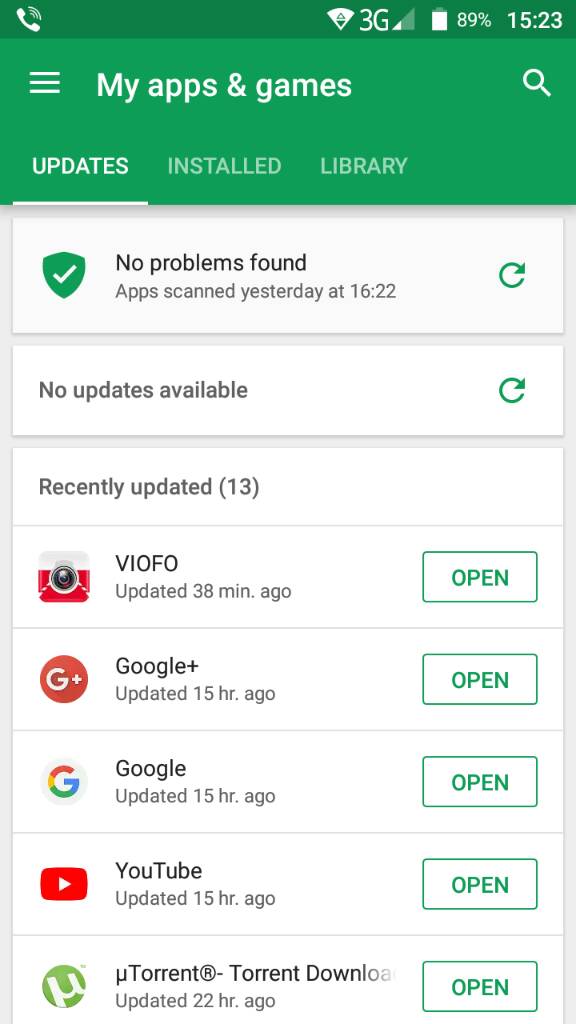Exposure is not the issue. The issue is with sharpness and recorded detail. No amount of exposure compensation will improve that. In fact if anything, the WR1 has the more accurate exposure anyway - look at the sky.
What I am seeing is blurring in highly detailed areas such as trees which is a typical symptom of high compression as is the overall softness and blurriness. You can see it quite clearly in this tree lined shot:
That tends towards lens or compression. However, from experience I have reason to believe that it's compression as in my opinion no amount of sharpening will get rid of areas of colour that represent the leaves - the details simply been discarded.
Furthermore, the picture is much sharper and clearer at night, another indicator symptom as at night much of the picture is black = no detail in those areas = less detail overall = less data = less compression required so the picture sharpens. That's different from the gains purely from a more sensitive sensor.
12mbs is a very low data rate. The Yi uses 20mbs and personally I'd like to see at least 25mbs. I doubt the camera's hardware / thermal design could probably manage more than 25, it might not even manage that, but for really low artefact video, 50-100mbs is desirable. Most professional HD cameras use 100mbs+. This might not be a broadcast camera, but there are still some lessons to be learnt even if hardware limitations mean professional compression levels aren't achievable.



